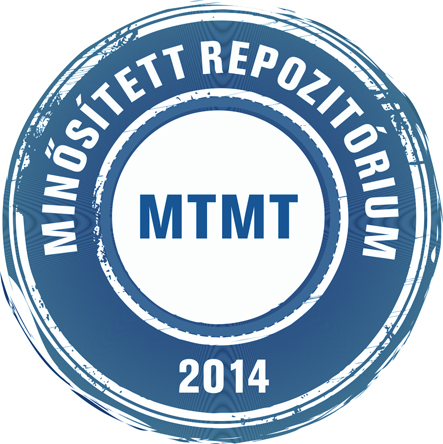Gulyás Anna: Semana Santa : Nagyhét egy andalúziai faluban. In: Idő és emlékezet : tanulmányok az időről az ezredfordulón, (14). pp. 115-132. (2005)
Előnézet |
Cikk, tanulmány, mű
szegedi_vallasi_014_115-132.pdf Letöltés (786kB) | Előnézet |
Absztrakt (kivonat)
I tried to demonstrate through a chain of Holy Week celebrations of an Andalusian village all the experience that can manifest itself for a community during „sacred time". Giving and receiving symbolic signs in an elevated state of mind, filling up archetypes with „masks" - these phenomena are analysable from the point of view of the individual's psychology and from the standpoint of the community. Particularly interesting in Andalusia is the form of social organization which ensures the individual's participation in the collective rites. There are several forms of religious societies and they all reflect the characteristic features and the ambitions of the individuals and communities founding and shaping them. This network organized from below provided opportunities even for communities like the religious society of black slaves in Sevilla. In Latin America, the Afro-American cults and the cargo-cults could blossom out on the soil of the system of these religious societies. In Setenil, there is a classical dual system. It was observable, how the competition between the two parties added to the glory of the festival. This two-fold division splits the village into groups acting and feeling together, all for the village's good. In each of these societies, anybody feeling the desire for it has a personal free scope to act and everybody, depending on personality, can choose from various ways of action. Noticeably, religious symbols can express communal identity in Andalusia. In Setenil, it is not Christ in general, but the Padre Jesús of Setenil and the Cristo de la Vera-Cruz of Setenil who is in the centre of sentiments. The members of the community are responsible for the material and spiritual welfare of their own smaller residential area. This attachment is symbolized by the devotional sculptures which are carried around the village in processions confirming this relationship again and again. Aesthetics is very important: the participants aim at creating collectively the experience of beauty. Semana Santa of Setenil is a village theatre providing cathartic experience, where everybody can play century-old roles and the basis of participation is the network of religious societies organized from below.
| Mű típusa: | Könyv része |
|---|---|
| Egyéb cím: | Semana Santa : Holy week in an Andalusian village |
| Befoglaló folyóirat/kiadvány címe: | Idő és emlékezet : tanulmányok az időről az ezredfordulón |
| Dátum: | 2005 |
| Kötet: | 14 |
| ISSN: | 1419-1288 |
| ISBN: | 963 7510 29 X |
| Oldalak: | pp. 115-132 |
| Sorozat neve: | Szegedi vallási néprajzi könyvtár |
| Nyelv: | magyar , angol |
| Befoglaló mű URL: | http://acta.bibl.u-szeged.hu/69835/ |
| Kulcsszavak: | Népi vallásosság, Ünnep - Andalúzia |
| Megjegyzések: | Bibliogr. : p. 130-131. és a lábjegyzetekben ; összefoglalás angol nyelven |
| Szakterület: | 05. Társadalomtudományok 05. Társadalomtudományok > 05.04. Szociológia 06. Bölcsészettudományok 06. Bölcsészettudományok > 06.03. Filozófia, etika és vallástudományok |
| Feltöltés dátuma: | 2020. szep. 03. 10:59 |
| Utolsó módosítás: | 2022. feb. 02. 08:49 |
| URI: | http://acta.bibl.u-szeged.hu/id/eprint/69877 |
 |
Tétel nézet |



